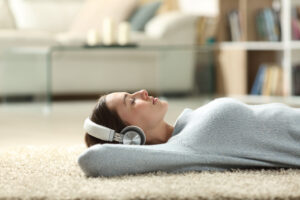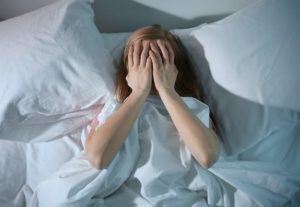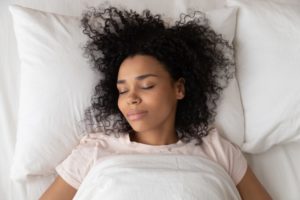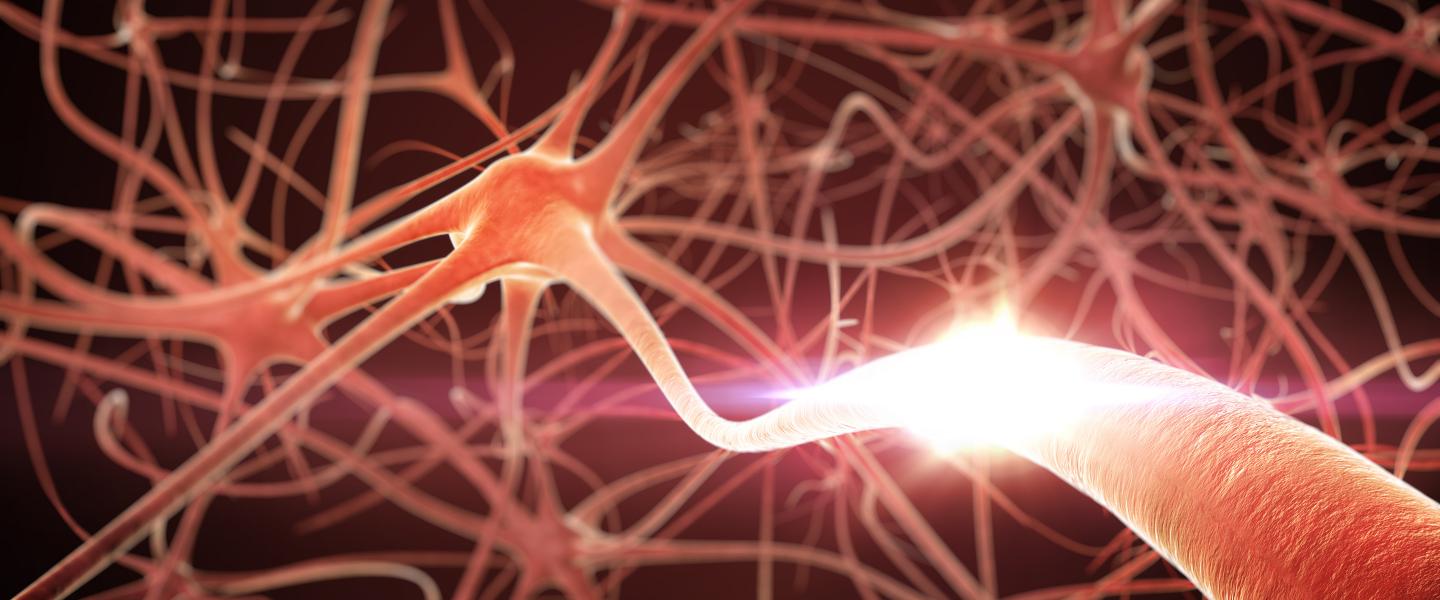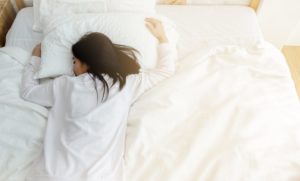Biphasic Sleep: What It Is And How It Works
- Biphasic sleep involves two sleep periods; a longer nighttime sleep and a shorter daytime nap.
- Some people still adopt it in contemporary settings to reduce the effects of lost sleep and maintain productivity.
- If considering biphasic sleep, you should create a consistent schedule, time your light exposure, and practice good sleep hygiene.
Biphasic sleep describes a pattern of sleep in which a person sleeps in two segments, or phases, per day . Although many people sleep for seven or eight hours straight each night, biphasic sleep may be more common than you think. Biphasic sleep is also referred to as segmented or bimodal sleep.
Biphasic sleeping is practiced by a variety of people across cultures. For example, people who enjoy siestas are considered biphasic sleepers. Some people adopt a biphasic sleep schedule to maximize their productivity. Additionally, many animals are biphasic sleepers, including birds, insects, and mammals. Learn more about biphasic sleep, including how it impacts sleepers.
Is Your Troubled Sleep a Health Risk?
A variety of issues can cause problems sleeping. Answer three questions to understand if it’s a concern you should worry about.
Biphasic Sleep vs. Monophasic Sleep
In monophasic sleep, a person attains all of their sleep in one block of time, typically at night. Researchers hypothesize that monophasic sleep became the dominant sleep pattern during the industrial era, when artificial lighting began enabling people to stay up past sunset. Prior to that, many people across different continents and cultures followed a biphasic sleep schedule. They went to bed in the evening and slept for a few hours, waking up around midnight. Then, they would stay up for a few hours to eat, tend to their children, or add wood to the fire, before finally falling back asleep for their second sleep phase.
As artificial lighting became more common, humans adopted a monophasic sleep schedule. Since then, we have considered ourselves unique among animals for sleeping in a single stretch at night, but we may not be monophasic sleepers after all, according to some research. Over the course of one experiment, participants naturally shifted to a biphasic sleep schedule when placed in a setting with less light than the average day provided.
Our current monophasic sleep patterns might come with disadvantages. Exposure to more artificial light, especially at night, can decrease melatonin levels and negatively impact our sleep. Plus, some people have natural sleep patterns that resemble biphasic or polyphasic sleep.
Biphasic Sleep vs. Polyphasic Sleep
While biphasic sleepers sleep twice per day, polyphasic sleepers sleep in multiple segments per day. Also referred to as segmented sleep, polyphasic sleep describes a sleep schedule with three or more sleep periods per day. Infants are prime examples of polyphasic sleepers, as they sleep multiple times throughout the day.
In adulthood, however, polyphasic sleep can be a sign of a sleep disorder or a neurodegenerative disease like Alzheimer’s when a person is not sleeping this way intentionally. For example, people with Irregular Sleep Wake Rhythm Disorder have disrupted circadian rhythms that cause them to fall asleep and wake up at random times throughout the day.
Some people intentionally adopt a polyphasic sleep schedule in hopes of becoming more productive. For most people, however, following a polyphasic sleep schedule — particularly one that reduces your total sleep time — leads to sleep deprivation and its associated negative physical and mental health outcomes.

Benefits of Biphasic Sleep
It is worth noting that the original biphasic sleep schedule, which split nighttime sleep into two segments with a waking hour around midnight, was common around the world. This biphasic sleep schedule was the norm even in cultures located near the equator, where residents’ circadian rhythms are not affected by changing seasons. In one case study, researchers found electroencephalographic (EEG) evidence that suggested that the midnight waking hour could be pre-programmed in humans .
Moreover, midday napping has consistently been linked to improved cognitive performance . Shorter naps been shown to reduce sleepiness and cause cognitive improvements that are felt almost immediately. Longer naps lasting more than 30 minutes produce cognitive benefits for a longer time period, but the person tends to experience a period grogginess after waking up. People who nap regularly, like many biphasic sleepers, generally enjoy these benefits to a more pronounced effect than those who nap only occasionally.
Biphasic sleep schedules can come naturally to some people. Many of us simply feel more tired in the middle of the day, whether due to a warmer temperature or a big lunch. Some researchers posit the midafternoon slump could be a remnant of our polyphasic sleep schedules in infancy.
Are There Downsides to Biphasic Sleep?
There is a potential downside to biphasic sleep. Some researchers argue that a biphasic sleep schedule is not natural, but due to external factors like our eating habits, social schedules, or hot afternoon temperatures. Further, following a biphasic sleep schedule simply isn’t feasible for some people, such as caregivers or those with strict work schedules. The biggest issue with biphasic sleep, though, is the potential for sleep deprivation.
Sleep deprivation can result from poor sleep quality and insufficient sleep overall. Chronic sleep deprivation can increase your risk for serious health problems like heart or kidney disease, diabetes, stroke, high blood pressure, obesity, and depression. Sleep-deprived children may exhibit hyperactivity or attention problems, in addition to poorer school performance. Sleep deprivation also increases risk of injuries and drowsy-driving accidents.
In addition to the physical consequences, sleep deprivation impairs cognitive performance. Studies of preschool-aged children have found that daytime napping reduces attention span and vocabulary. Further, the children studied slept less at night due to napping during the day, and they were more likely to make errors on a test. Other studies of young children have found that daytime napping correlates with poor sleep quality , which could have negative developmental impacts.
What Is a Biphasic Sleep Schedule?
A biphasic sleep schedule is any sleep schedule that involves two sleep periods per day. Biphasic sleepers may sleep longer at night, and then take a nap during the day. Or, they may split their nighttime sleep up into two segments.
Common variations of biphasic sleep schedules include:
- Siesta Sleep Schedule: In many parts of the world, most notably Spain and Italy, residents take a 60- to 90-minute siesta during the day. This nap usually occurs in the afternoon, and people then only sleep for five to six hours per night.
- Midday Nap Sleep Schedule: With this biphasic sleep schedule, people swap the long siesta for a short, 20- or 30-minute nap during the day. At night, they sleep longer, such as for six or seven hours per night.
- First/Second Sleep Schedule: The original biphasic sleep schedule, from the preindustrial era, split sleep into two segments during the night. People would have their first sleep around 9 p.m. or 10 p.m., wake up around midnight for an hour or two, and then have their second sleep after that.
With each biphasic sleep schedule, the person should still obtain a total of at least seven hours of sleep per 24-hour period.
What Kind of Sleep Is Best for Me?
Some people find that biphasic sleep feels natural and works great for them, while others feel better on a monophasic sleep schedule.
There is historical evidence that humans used to naturally follow a biphasic sleep schedule. Research has also proven the benefits of a short, midday nap. If you would like to experiment with biphasic sleep, a 20-minute nap during the early afternoon might be one way to ease into it.
Because sleep is essential to our overall well-being, it may be beneficial to talk with your doctor before radically changing your sleep schedule. They can offer additional recommendations for improving your sleep quality and daytime energy levels.
Tips for Starting Biphasic Sleep
If you are interested in trying a biphasic sleep schedule, there are steps you can take that may help make the transition successful.
Choose a Biphasic Sleep Schedule
Start by deciding on a biphasic sleep schedule you want to try. Then, set a morning wakeup time, so you can schedule your nap or bedtimes accordingly to allow for at least seven hours of sleep .
For example, if you choose a siesta sleep schedule, be sure to schedule your nap around the midafternoon. This time is preferred because taking a nap later in the day, especially a long nap, has the potential to disrupt your sleep later that evening.
For best results, follow your new biphasic sleep schedule for at least a week. It takes time to adjust to a new bedtime, let alone a whole new sleep schedule. Schedule your meals accordingly in order to help your body adjust.
Stay Consistent
As you get used to a biphasic sleep schedule, be diligent about maintaining consistent bed and wake times. Not only will following a regular sleep schedule make it easier for you to adjust, but going to sleep and waking up at inconsistent times is associated with poor long-term health outcomes, like a greater risk of cardiovascular disease, obesity, hypertension, and diabetes.
Limit Your Light Exposure
Starting 30 to 60 minutes before you sleep or take a nap, reduce your exposure to artificial light. Artificial light includes the light from phones, televisions, computers, and tablets. It also helps to dim lamps and overhead lights.
If you follow a first/second sleep schedule, avoid using bright lights during your waking hour. Wear blue light blocking glasses, use dim light bulbs with reddish or yellowish hues, and turn on your phone’s night mode setting.
Practice Good Sleep Hygiene
Sleep hygiene refers to the habits and practices you have around sleep. The following habits can help improve your sleep hygiene, regardless of your sleep schedule.
- Stick to a regular sleep schedule for both your sleep periods. Your nap should take place around the same time every day, and so should your nighttime sleep.
- During the day, eat well and exercise.
- Keep your bedroom dark, quiet, and cool.
- Avoid using your bed for anything other than sleep and sex.
- Limit your caffeine intake, and avoid having any for a few hours before sleep.
- Avoid electronics and artificial lights at least 30 to 60 minutes before sleep.
- Follow a calming bedtime routine to relax before going to sleep.
Monitor Your Results
Changing your sleep schedule can feel drastic, and biphasic sleep is not for everyone. Pay attention to how you feel throughout the process. Determining whether you feel more alert and focused, or more groggy after shifting your schedule can help you decide if biphasic sleep is for you.

Still have questions? Ask our community!
Join our Sleep Care Community — a trusted hub of product specialists, sleep health professionals, and people just like you. Whether you’re searching for the perfect mattress or need expert sleep advice, we’ve got you covered. Get personalized guidance from the experts who know sleep best.
References
8 Sources
-
Ekirch, A. R. (2016). Segmented sleep in preindustrial societies. Sleep, 39(3), 715–716.
https://pubmed.ncbi.nlm.nih.gov/26888454/ -
Zee, P. C., & Vitiello, M. V. (2009). Circadian rhythm sleep disorder: Irregular sleep wake rhythm type. Sleep Medicine Clinics, 4(2), 213–218.
https://pubmed.ncbi.nlm.nih.gov/20160950/ -
Fagioli, I., Barbato, G., & Wehr, T. A. (2001). Dynamics of electroencephalographic slow wave activity and body temperature during monophasic and biphasic human sleep. Neuroscience Letters, 298(2), 83–86.
https://pubmed.ncbi.nlm.nih.gov/11163283/ -
Lovato, N., & Lack, L. (2010). The effects of napping on cognitive functioning. Progress in Brain Research, 185, 155–166.
https://pubmed.ncbi.nlm.nih.gov/21075238/ -
Lam, J. C., Mahone, E. M., Mason, T., & Scharf, S. M. (2011). The effects of napping on cognitive function in preschoolers. Journal of Developmental and Behavioral Pediatrics, 32(2), 90–97.
https://pubmed.ncbi.nlm.nih.gov/21217402/ -
Thorpe, K., Staton, S., Sawyer, E., Pattinson, C., Haden, C., & Smith, S. (2015). Napping, development and health from 0 to 5 years: A systematic review. Archives of Disease in Childhood, 100(7), 615–622.
https://pubmed.ncbi.nlm.nih.gov/25691291/ -
Consensus Conference Panel, Watson, N. F., Badr, M. S., Belenky, G., Bliwise, D. L., Buxton, O. M., Buysse, D., Dinges, D. F., Gangwisch, J., Grandner, M. A., Kushida, C., Malhotra, R. K., Martin, J. L., Patel, S. R., Quan, S. F., Tasali, E., Non-Participating Observers, Twery, M., Croft, J. B., Maher, E., … Heald, J. L. (2015). Recommended amount of sleep for a healthy adult: A joint consensus statement of the American Academy of Sleep Medicine and Sleep Research Society. Journal of Clinical Sleep Medicine, 11(6), 591–592.
https://pubmed.ncbi.nlm.nih.gov/25979105/ -
Lunsford-Avery, J. R., Engelhard, M. M., Navar, A. M., & Kollins, S. H. (2018). Validation of the sleep regularity index in older adults and associations with cardiometabolic risk. Scientific Reports, 8(1), 14158.
https://pubmed.ncbi.nlm.nih.gov/30242174/



